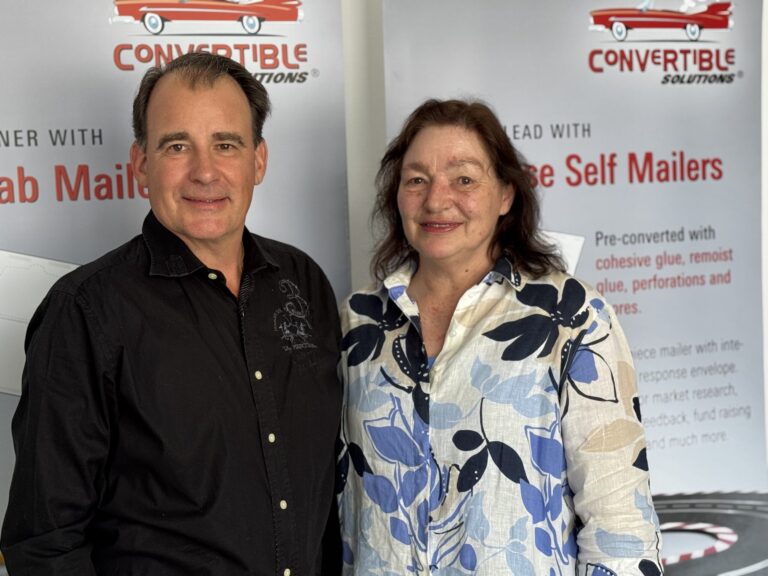
5 Questions For Great Print Planning
 As the great philosopher John “Hannibal” Smith was known to say, “I love it when a plan comes together”. That mantra holds true across successful printing projects. They require good planning to ensure the goal is met and the customer has their needs met. Answer these 5 questions to help ensure everything goes smoothly and comes in on budget.
As the great philosopher John “Hannibal” Smith was known to say, “I love it when a plan comes together”. That mantra holds true across successful printing projects. They require good planning to ensure the goal is met and the customer has their needs met. Answer these 5 questions to help ensure everything goes smoothly and comes in on budget.
- What Is The Goal – Is the goal of the piece to entertain or inform? To impress? Your marketing goals influence the design and quality of the piece. Certain ideas may have a significant impact on turnaround or cost. For example, some binding options can take extra time, and certain trim sizes might incur extra expense. Paper choices can also affect the project cost and turnaround time.
- What Benefit Will Which Audience Receive? – If you are designing a flyer for a theatrical opening, it will look different than one promoting a rock concert. People read a book differently than they read a poster. Before setting anything in stone, determine how your design decisions will affect the project budget and schedule.
- How Many Suppliers Are Involved? – Take into account the schedules of any outside service providers. For example, if you are using a freelance illustrator or label designer, you need to take his or her availability into consideration. If you’re adhering a label to a bottle, you need to work with the bottle company to ensure that the bottles are available when you need them.
- When Does the Piece Need to Arrive? – Always plan backwards from the delivery date. It’s particularly important to involve us in this part of the planning process so we can schedule your project. Because we juggle many jobs at any given time, your project needs gets to press in time to meet your deadline. If not, your job may get rescheduled behind other jobs, and especially if those jobs are large or complex, that can affect its mail or delivery date significantly.
- How much “fudge” do you need? – Finally, you need to incorporate “fudge factor.” Always add in buffer time to accommodate slippage in the schedule. The larger the project, the more buffer you will need. The moral of the story? Good print planning starts with communicating early—and often.







